RV life offers the promise of the open road, a new adventure around every corner, and… potentially damaging water pressure?
One of the often-overlooked aspects of RV ownership is maintaining safe water pressure levels, especially when hooked up to various water sources during your travels.
A water pressure regulator is not just a fancy gadget for your RV; it’s a necessity. It safeguards your water system from the risks of fluctuating or excessively high water pressure, extending the lifespan of your RV’s plumbing fixtures and preventing costly repairs. Think of it as the bouncer at the club, only this one ensures your pipes don’t get wrecked.
Excellent! Let’s delve into the first section, “Why Worry About Water Pressure?”
Why is Water Pressure a Big Deal in an RV?
Imagine cruising down the highway in your RV, the wind in your hair, and not a care in the world—until you hook up to a campground water supply and find out it has Hulk-like water pressure. What could go wrong? Well, a lot, actually.
Understanding Water Pressure in an RV Setting
Firstly, not all water sources are created equal. While your home may have a consistent water pressure level, campgrounds, RV parks, and other hook-up points can have wildly varying levels. You might encounter water pressures ranging from 40 PSI (Pounds per Square Inch) to a fire hose-like 100 PSI.
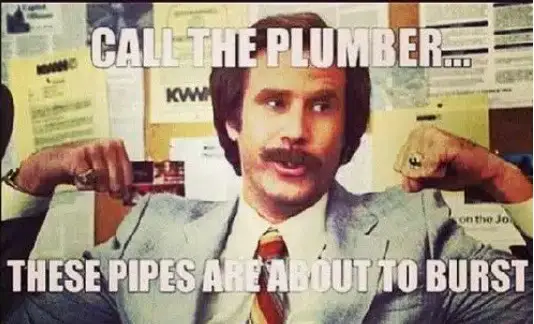
The Risks of Too High or Too Low Water Pressure
High Water Pressure
- Bursting Pipes: Excessive water pressure can lead to bursting pipes, which is like your RV’s version of a cardiovascular crisis.
- Leaky Faucets: You may notice that your leaky RV kitchen faucet starts resembling a mini-waterfall.
- Damaged Appliances: Water-using appliances like your outdoor kitchen can suffer.
Low Water Pressure
- Ineffective Cleaning: Good luck getting that RV shower faucet to rinse off your camping grime.
- Slow Filling: You’ll be waiting ages for your water tank to fill up.
- Reduced Efficiency: Appliances become less effective, turning your dream RV life into a low-flow nightmare.
Table: The Effects of Water Pressure Levels
| Water Pressure (PSI) | Risks | Solutions |
|---|---|---|
| Below 40 | Reduced cleaning, slow filling | Pressure booster |
| 40-60 | Ideal range | None needed |
| Above 60 | Leaks, burst pipes, damaged appliances | Pressure regulator |
So, unless you fancy turning your RV into a water park (minus the fun), you should consider installing a water pressure regulator.
How Does an RV Water Pressure Regulator Work?
Ever wonder how a small device can keep your RV from undergoing water-related meltdowns? It’s not magic, although you might think it is after you see it save your RV from the perils of overpressure.
The Mechanics of a Water Pressure Regulator
A water pressure regulator is essentially a control valve that reduces the input pressure from the main water line to a level that your RV plumbing can handle. It’s like a bouncer for your RV’s water system, letting in just the right amount of pressure and turning away any overzealous water molecules.
Types of Regulators Available
There are primarily two types of water pressure regulators:
- Fixed Regulators: These are preset to a particular pressure level and are generally less expensive.
- Adjustable Regulators: These allow you to set your preferred pressure level. They usually come with a gauge.
Table: Comparing Fixed and Adjustable Regulators
| Type | Cost | Flexibility | Complexity | Ideal For |
|---|---|---|---|---|
| Fixed Regulator | Low | Low | Simple | Short-term RVers, budget-conscious |
| Adjustable Regulator | High | High | Slightly complex | Long-term RVers, custom needs |
By the way, if you’re struggling with no water pressure in your RV kitchen sink, a regulator can be your new best friend. And it’s a friend that doesn’t ask for anything in return—except maybe a little maintenance.
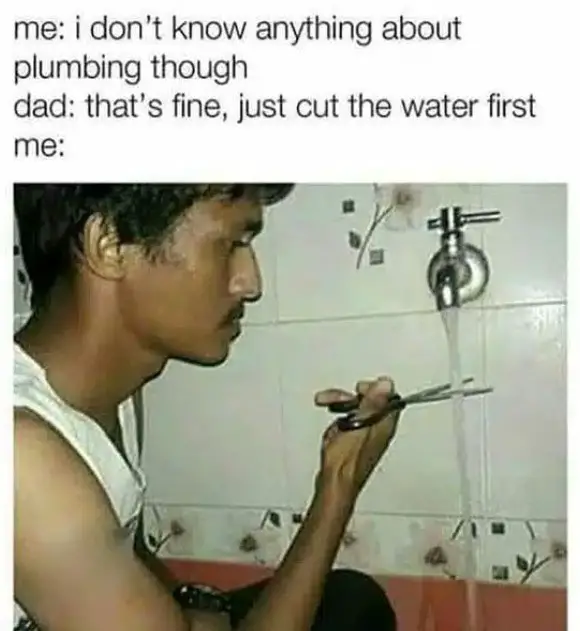
Installing and Using an RV Water Pressure Regulator
Ah, installation — the time when you realize that reading the manual was indeed a good idea! But if you’re the “learn as you go” type, this section has you covered.
Step-by-Step Installation Guide
- Turn Off Water Supply: Make sure the water source is off before you begin.
- Check for Direction: These devices often have an arrow indicating the direction of water flow. Don’t install it backward!
- Secure It: Attach the regulator to your water hose or water source connection.
- Turn On Water: Slowly turn the water back on and check for leaks.
Common Installation Errors to Avoid
- Over-tightening: You’re not wrestling a bear; you’re installing a delicate piece of equipment. Over-tightening can lead to cracks.
- Wrong Direction: Installing it backward will make it ineffective, obviously.
- Forgetting to Check Pressure: Always verify the pressure after installing, especially if you’re using an adjustable regulator.
Tips for Proper Use
- Regular Checks: Make it a habit to check the pressure level periodically.
- Seasonal Adjustments: Different seasons may require different pressure settings, especially if you’re an avid traveler.
In case you’re facing issues like a leaky RV kitchen faucet handle, or water leaking from under your RV shower pan, a water pressure regulator can either solve your problem or help you rule out pressure as the culprit. Either way, it’s a win-win!
Fantastic! Let’s dive into the next section, which is all about the types of RV Water Pressure Regulators available in the market.
Types of RV Water Pressure Regulators: Your Guide to Making an Informed Decision
Fixed Pressure Regulators
These are the budget-friendly options. Just plug and play—no fuss, no muss. However, they come with a fixed setting, usually around 45-50 psi.
Adjustable Pressure Regulators
For those who like to take control, adjustable pressure regulators are the way to go. These come with a gauge and can be adjusted to your desired pressure level.
High-Flow Regulators
These are specifically designed for RVs with multiple appliances that require more water flow. They maintain high pressure while ensuring water flows smoothly through your system.
Comparison Table
| Type | Pros | Cons | Best For |
|---|---|---|---|
| Fixed Pressure | Budget-friendly, easy to use | Non-adjustable | Casual RV users |
| Adjustable Pressure | Customizable, with gauge | Slightly expensive, complex | RV enthusiasts who demand precision |
| High-Flow | High pressure, great for multiple appliances | Expensive, may need professional installation | Large RVs with high water usage |
Before you proceed to buy, you might want to consult our guide on top 40 questions to consider when buying an RV. After all, the kind of regulator you choose may depend on the type of RV you own.
Our Top Pick for Each Category
- Fixed Pressure: The BasicMate 45 PSI – Reliable and doesn’t cost an arm and a leg.
- Adjustable Pressure: The ControlFreak 35-60 PSI – For those who like to fiddle with knobs.
- High-Flow: The AquaMonster 65 PSI – If you need to run an outdoor kitchen and a shower simultaneously, this one’s for you.
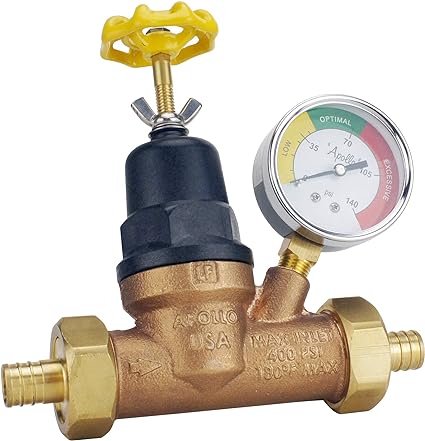
Water Pressure Regulator
Troubleshooting and Maintenance: Keeping the Flow Smooth
Common Issues and How to Fix Them
Low Pressure
If you’re experiencing low pressure despite having a regulator, check for clogs or leaks in the water line. Consider reading our article on no water pressure in RV kitchen sink for practical solutions.
High Pressure
Counterintuitive, right? But sometimes, pressure can spike. It’s a good idea to monitor your gauge frequently. If you’re having issues with water pressure in your RV, here’s how long 20-100 gallons of water will last in an RV to give you an idea.
Fluctuating Pressure
If your water pressure is as unpredictable as a season finale cliffhanger, the culprit may be an outdated or defective regulator. Consider upgrading. If the water is actually leaking, you might find our guide on water leaking from under RV shower pan handy.
The Importance of Regular Maintenance
If you’ve taken anything away from this article, let it be this: Maintenance is crucial. Regular checks can save you money in the long run and keep your water flow smoother than a jazz saxophonist.
- Cleaning: At least once a month, detach your regulator and soak it in a vinegar solution.
- Inspection: While you’re at it, inspect the hoses and joints for any signs of wear and tear.
- Replacement: Replace your regulator every 3-5 years or according to the manufacturer’s guidelines.
Maintenance Checklist
| Task | Frequency | Importance | Relevant Guide |
|---|---|---|---|
| Cleaning | Monthly | High | – |
| Inspection | Monthly | High | – |
| Replacement | 3-5 years | Very High | Cost of RV Ownership |
I hope this comprehensive guide has turned you into an RV Water Pressure Regulator aficionado. For further reading, check out our piece on the Importance of an RV Water Pressure Regulator.


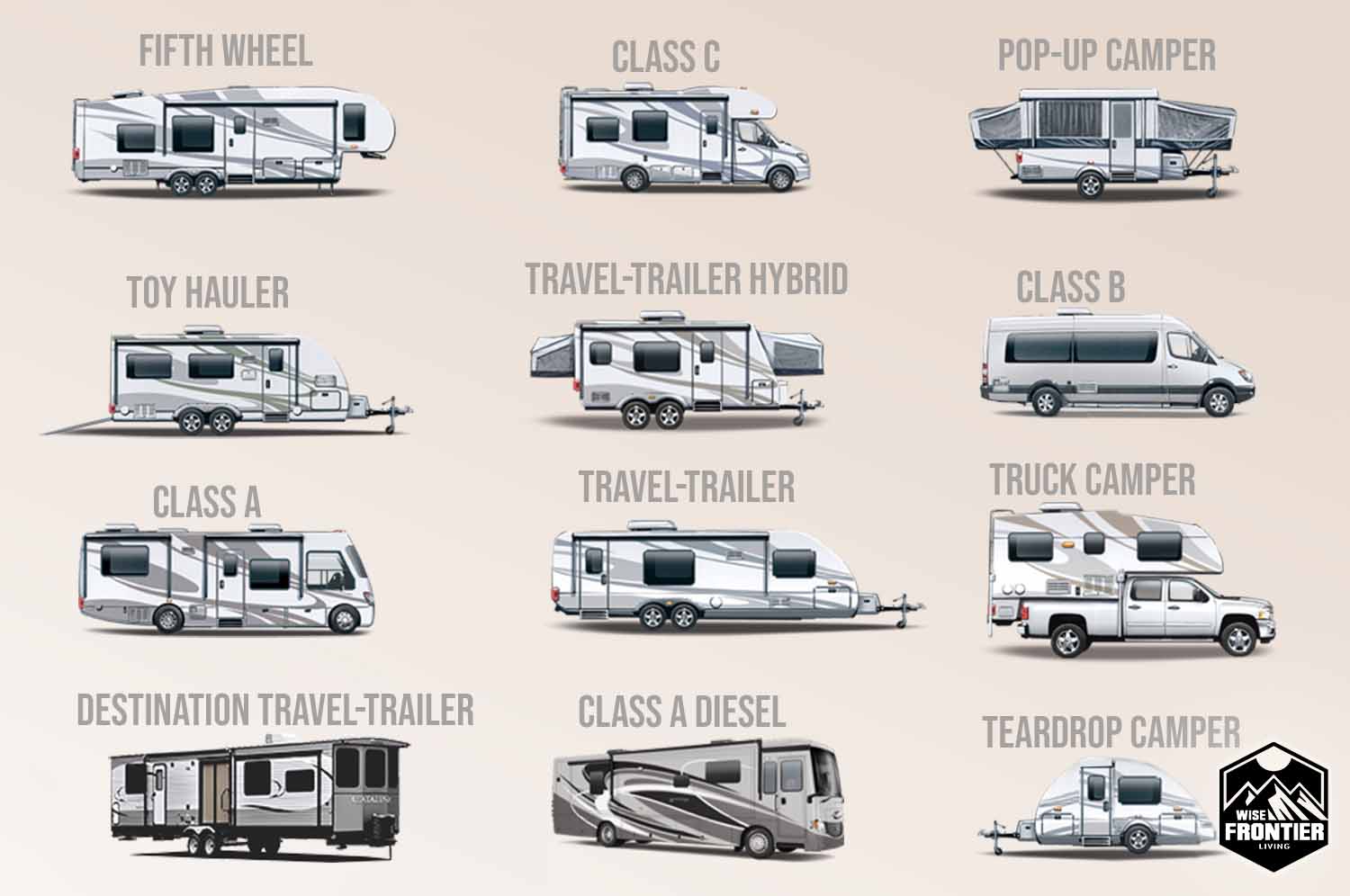
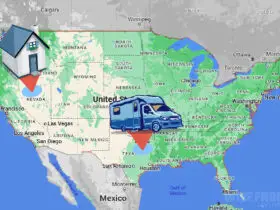
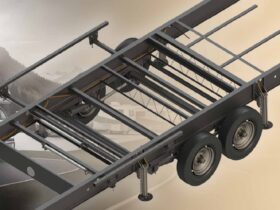

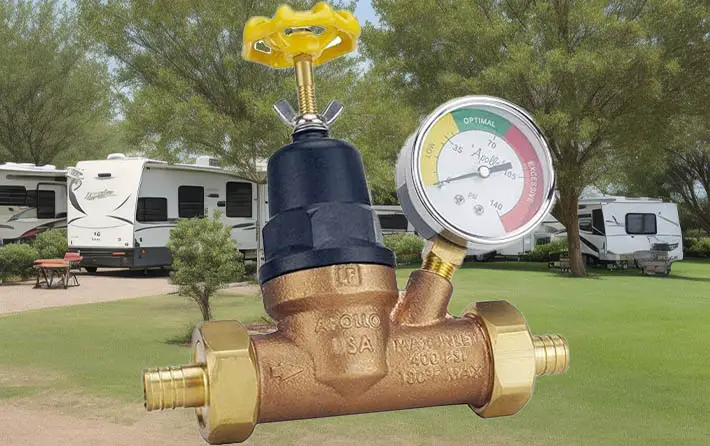
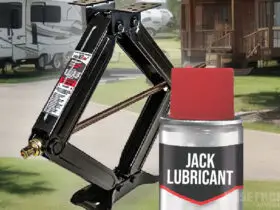
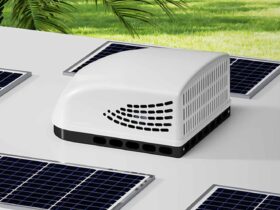
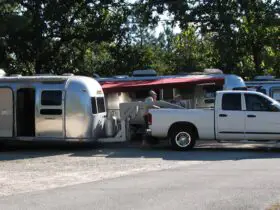
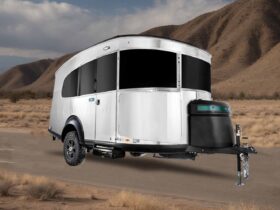
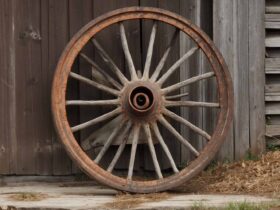
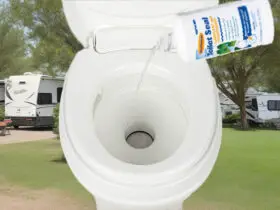
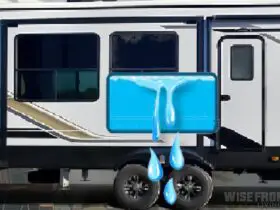
Leave a Reply